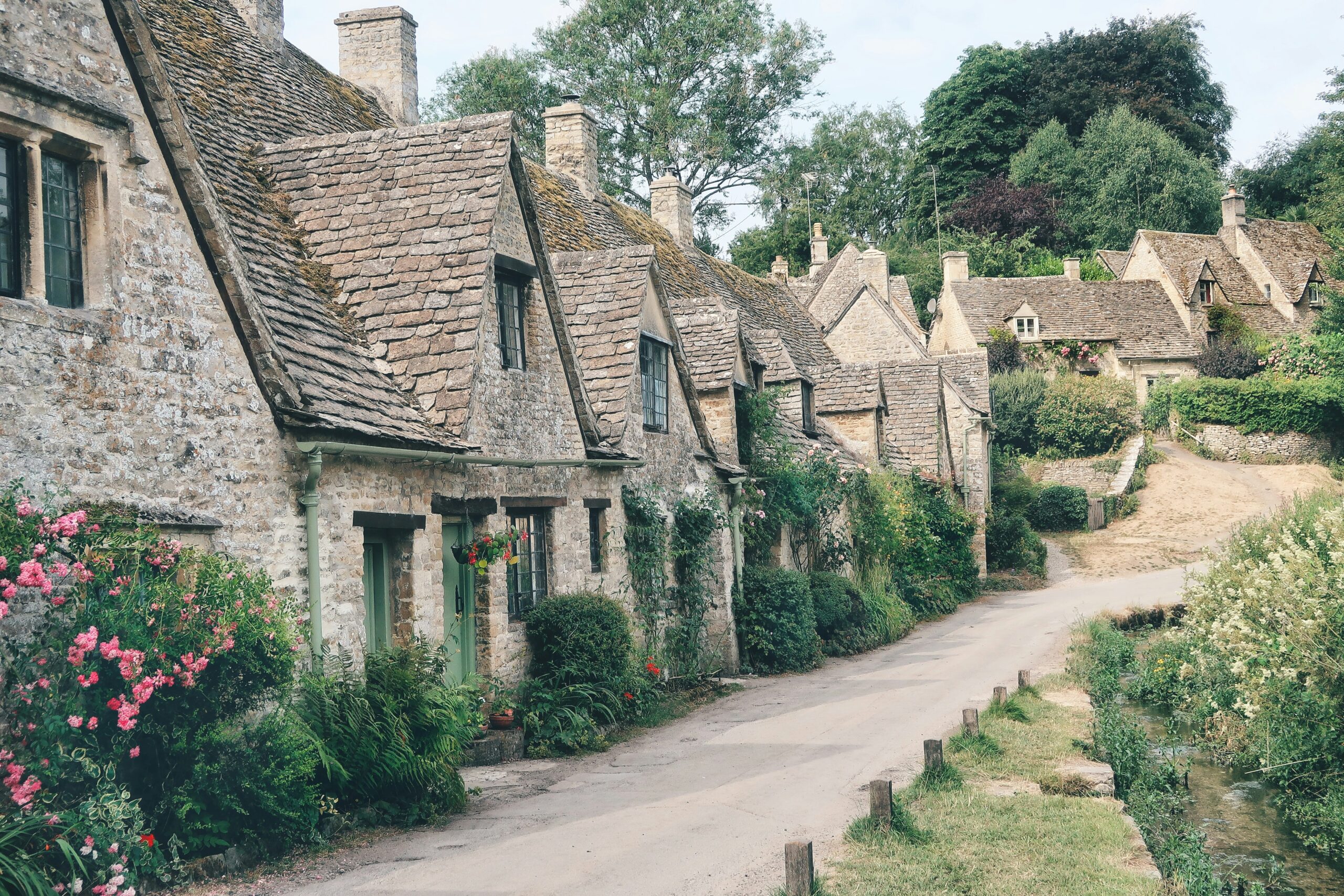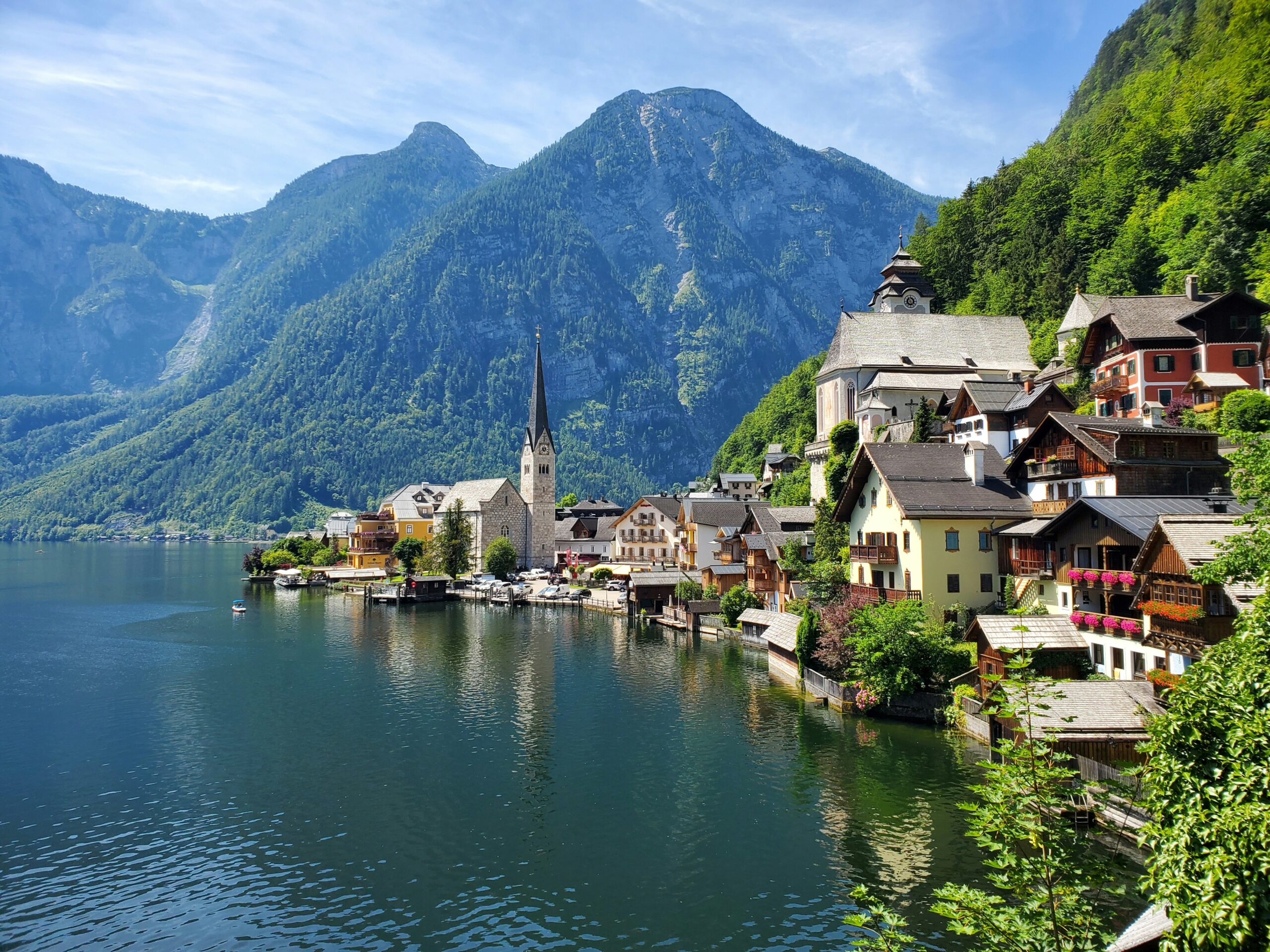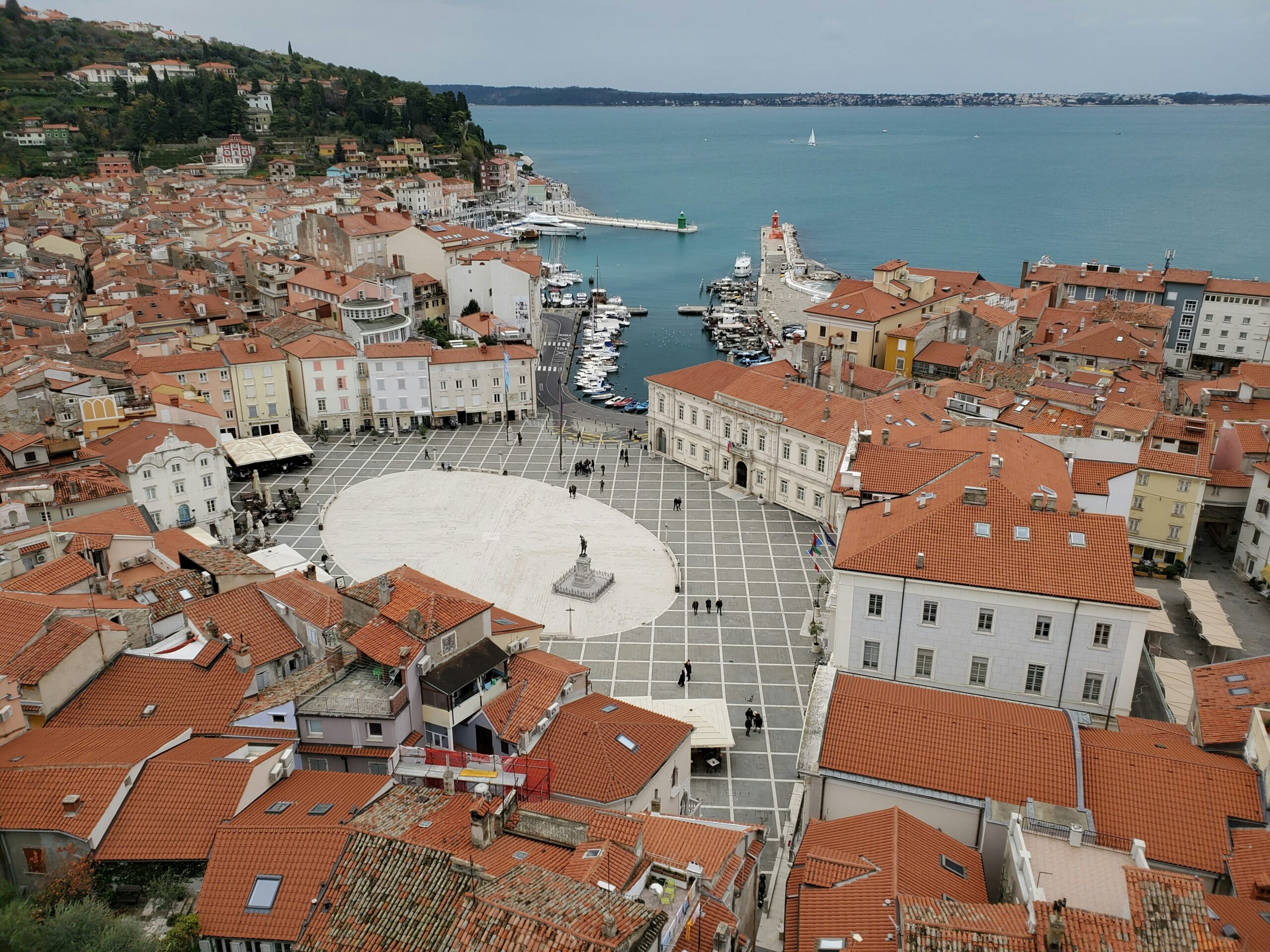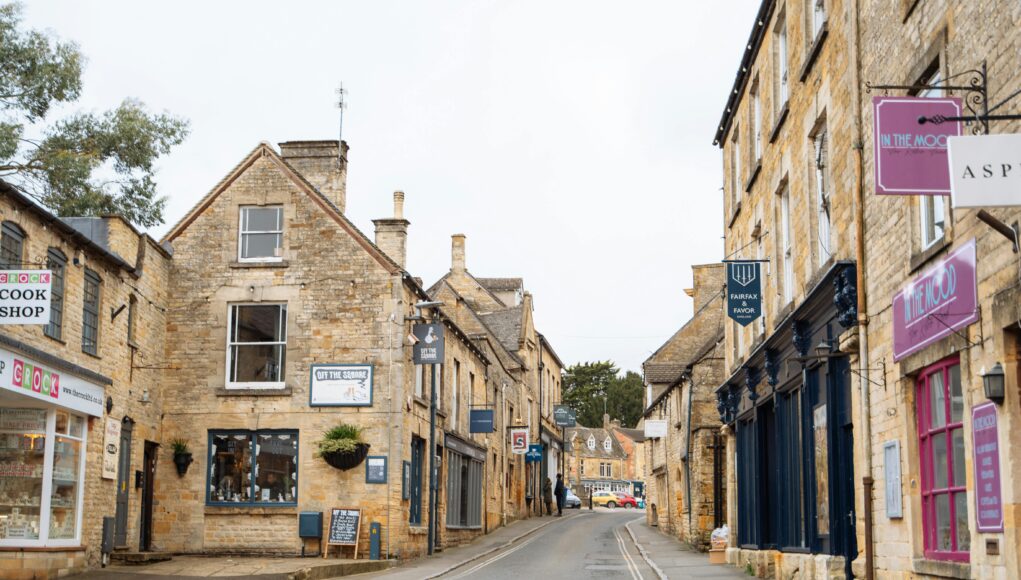In an age where travel often means bustling cities and crowded tourist attractions, the allure of the countryside remains a refreshing escape. Popular destinations conceal a treasure trove of lesser-known gems waiting for discovery. Rural destinations offer a unique, often overlooked experience, from quaint villages with rich histories to breathtaking landscapes untouched by time. This blog post will guide you through some of the most enchanting countryside locations. We provide practical tips and insights to help you uncover the beauty of these hidden gems.

Contents
- 1. The Enchantment of Bibury, England
- 2. The Serenity of Hallstatt, Austria
- 3. The Rustic Charm of Gimmelwald, Switzerland
- 4. The Timeless Beauty of Kotor, Montenegro
- 5. The Quaint Allure of Ronda, Spain
- 6. The Hidden Treasures of Piran, Slovenia
- 7. The Allure of the Scottish Highlands
- 8. The Peaceful Retreat of the Loire Valley, France
The Enchantment of Bibury, England
People often call Bibury “the most beautiful village in England.” It is a picturesque destination located in the Cotswolds. The village is famous for its charming stone cottages. Arlington Row, in particular, dates back to the 14th century. Visitors can stroll along the River Coln. They can also enjoy the serene views and the lush greenery surrounding this idyllic spot. You must stop by the local trout farm during your visit to Bibury. There you can catch your own fish or simply enjoy a meal at the on-site café.
Travelers can expect to spend around £10-£15 per person for a café meal. Accommodation options range from cozy B&Bs starting at £70 per night. Visit Bibury during the spring and summer months. At that time, the flowers are in full bloom, enhancing the village’s charm.
The Serenity of Hallstatt, Austria
Hallstatt is a small village. It nestles between the mountains and the serene Hallstätter See. This UNESCO World Heritage site is known for its stunning views, crystal-clear waters, and rich salt mining history. Visitors can take a cable car up to the Dachstein mountains for panoramic views. They can also explore the ancient salt mines which have operated since prehistoric times.
In Hallstatt, expect to pay around €12 for a guided salt mine tour. A local restaurant meal will cost approximately €15-€20. The village becomes particularly enchanting in the fall. Then the foliage transforms into a vibrant palette of colors. Accommodations start at €100 per night. This makes Hallstatt a perfect getaway for those seeking tranquility.

The Rustic Charm of Gimmelwald, Switzerland
Gimmelwald is a hidden gem for those seeking an authentic Swiss experience. It offers breathtaking views and a peaceful atmosphere. This car-free village perches on a cliff. The majestic Swiss Alps surround it. Hiking enthusiasts will find numerous trails leading to stunning vistas. The village itself boasts charming wooden chalets and friendly locals.
Travelers can enjoy a hearty meal at the local restaurant for around CHF 20-30. Guesthouse accommodations start at CHF 80 per night. The best time to visit Gimmelwald is during the summer months. Wildflowers bloom then, creating a picturesque landscape perfect for photography.
The Timeless Beauty of Kotor, Montenegro
Kotor is a coastal town that combines stunning natural beauty with a rich historical backdrop. Dramatic mountains surround the town. A well-preserved medieval old town is also featured. This old town is a UNESCO World Heritage site. Visitors can explore the narrow cobblestone streets and visit ancient churches. You can also hike up to the fortress for breathtaking views of the Bay of Kotor.
A meal in Kotor will typically cost around €10-€15. Accommodations can be found for as low as €30 per night. The best time to visit is during the shoulder seasons of spring and fall. The weather is pleasant then, and the crowds are fewer.
The Quaint Allure of Ronda, Spain
Ronda is a stunning town perched atop a cliff in southern Spain. It is known for its dramatic gorge and historic architecture. The Puente Nuevo bridge offers spectacular views of the surrounding countryside. The town’s bullring is also one of the oldest in Spain. Ronda is also famous for its local wines. This makes it a great destination for wine enthusiasts.
Dining in Ronda can cost around €15-€25 per person. Accommodations start at €50 per night for charming guesthouses. Visit Ronda in the spring and fall. The mild weather allows for comfortable exploration of the town’s many attractions.
The Hidden Treasures of Piran, Slovenia
Piran is a coastal town boasting a rich Venetian heritage. It also offers stunning views of the Adriatic Sea. The narrow streets and colorful buildings create a charming atmosphere. It feels like stepping back in time. Visitors can explore the town’s historic sites. These include the Tartini Square and the Church of St. George. You can also simply relax by the sea.
Expect to spend around €10-€15 for a local restaurant meal. Accommodations start at €60 per night. The best time to visit Piran is during the late spring and early fall. The weather is warm then, and the town is less crowded.
The Allure of the Scottish Highlands
The Scottish Highlands offer some of the most breathtaking landscapes in the world. They feature rugged mountains, serene lochs, and picturesque glens. This region is perfect for those who love outdoor activities. These activities include hiking, fishing, and wildlife watching. The charming villages of Fort Augustus and Ullapool offer a glimpse into local life and culture.
Travelers can expect to spend around £10-£20 for a meal at a local pub. B&B accommodations start at £70 per night. The best time to visit the Highlands is during the summer months. Milder weather then makes it ideal for outdoor adventures.
The Peaceful Retreat of the Loire Valley, France
The Loire Valley is renowned for its stunning châteaux, beautiful vineyards, and charming villages. People often refer to this region as “the Garden of France.” This is due to its lush landscapes and agricultural heritage. Visitors can explore the historic castles and sample local wines. They can also simply enjoy the peaceful countryside.
A meal in the Loire Valley will typically cost around €15-€25. Accommodations can be found for as low as €60 per night. The best time to visit is during the late spring and early fall. The weather is pleasant then, and the vineyards are in full bloom.






